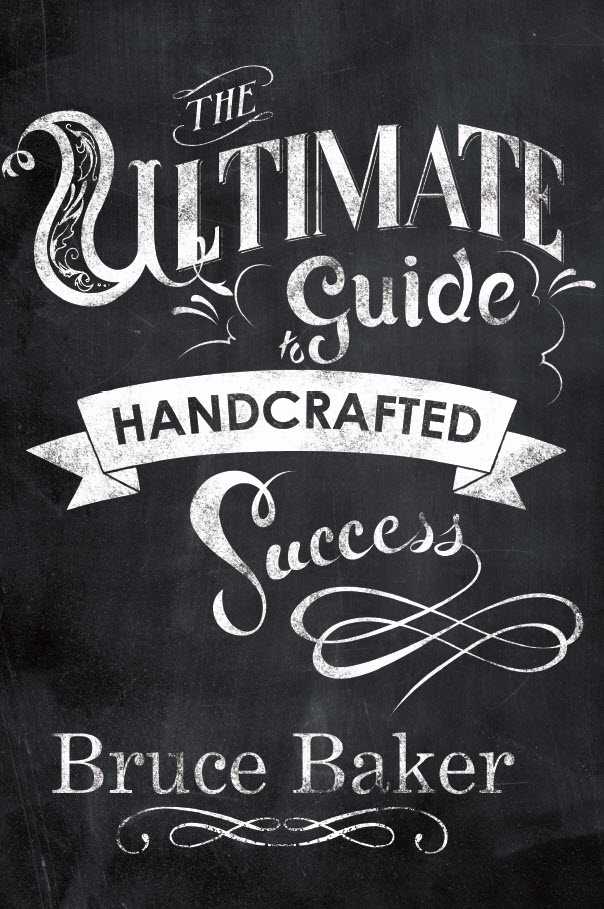How to Spotlight Your Work
Spotlighting can add a touch of drama to your images, but it doesn’t work with all types of crafts. This lighting technique can easily be used with matte and flat-surfaced work, while shiny surfaces can be nightmares to get just...
Read More




